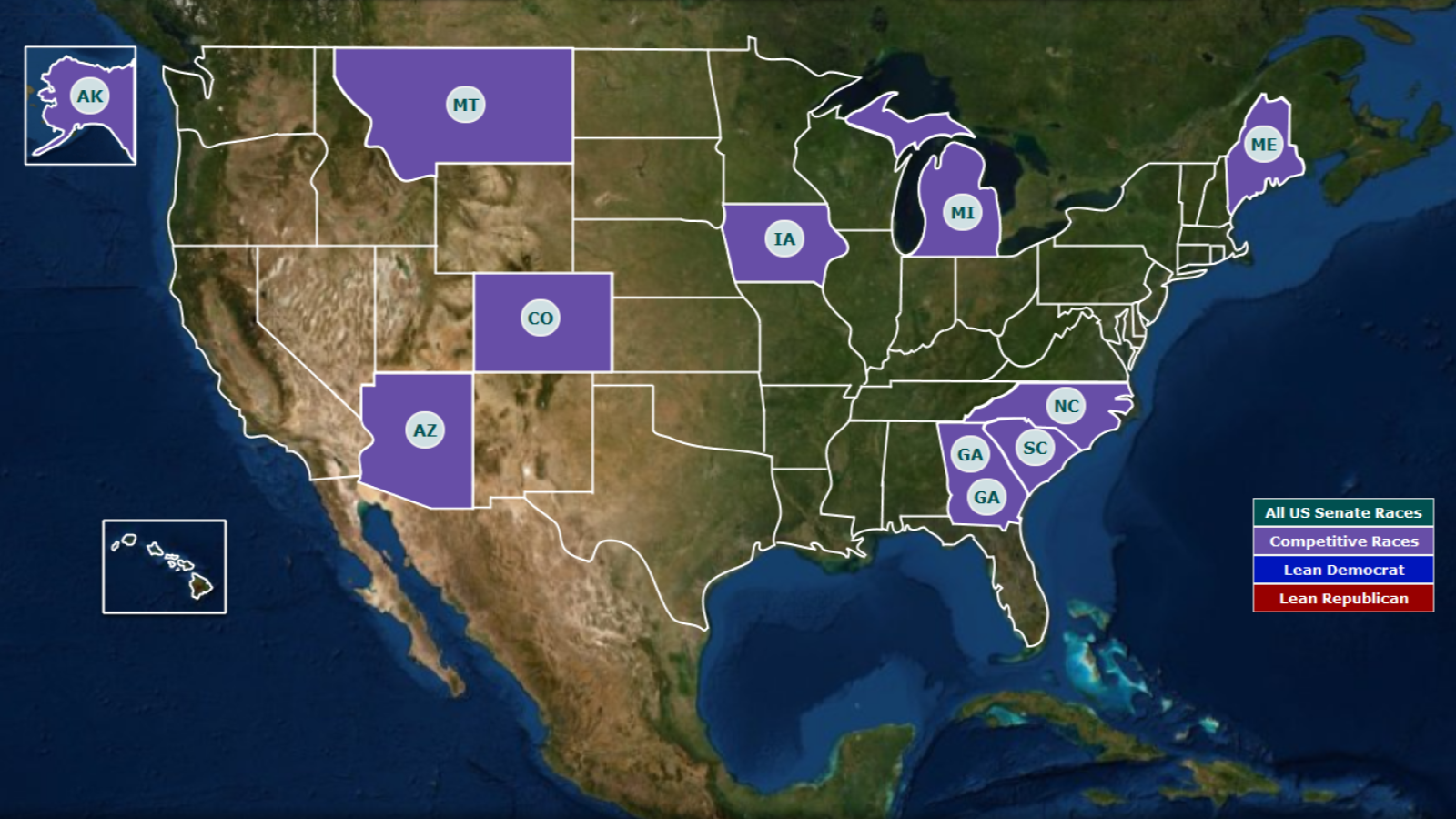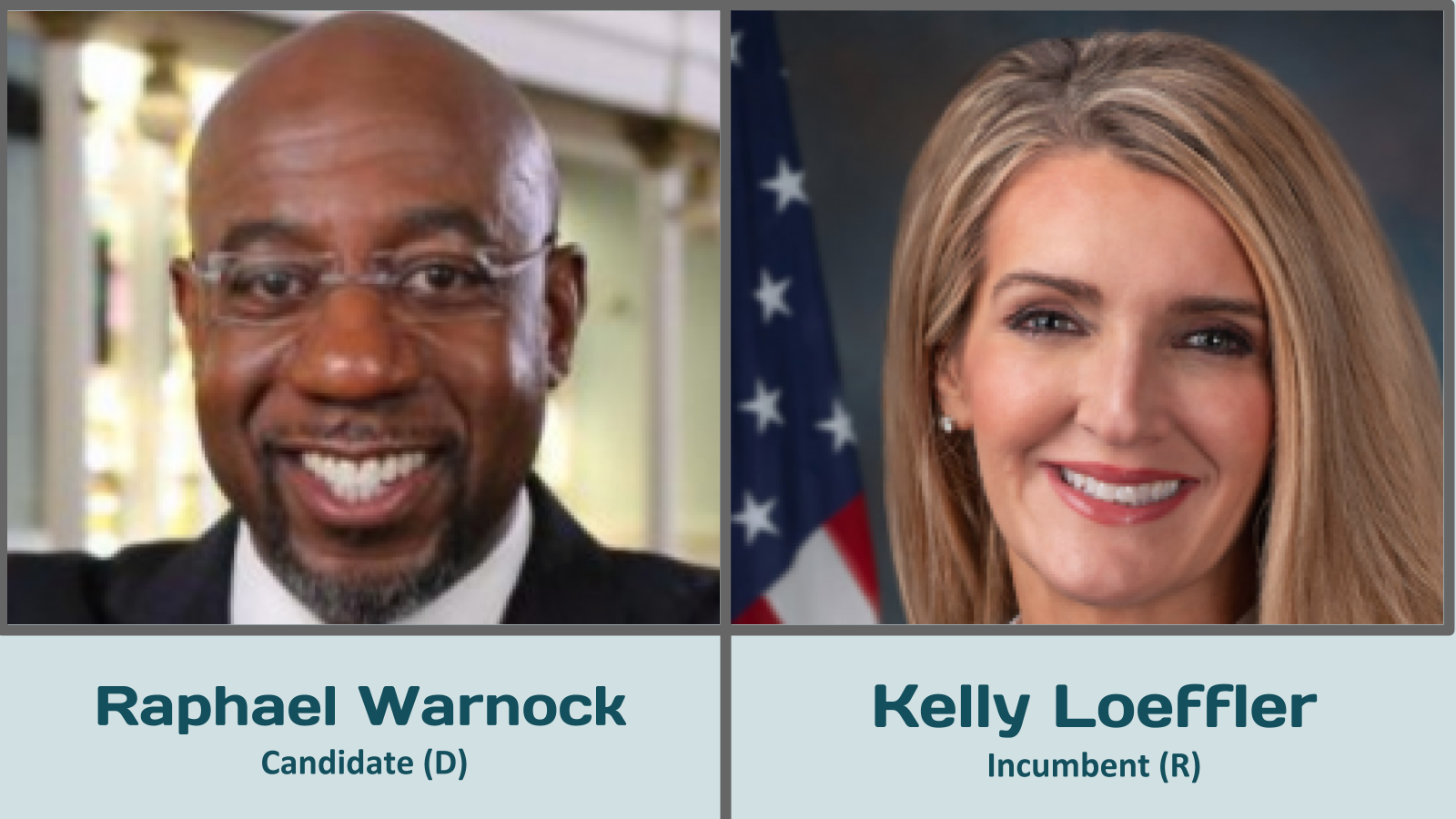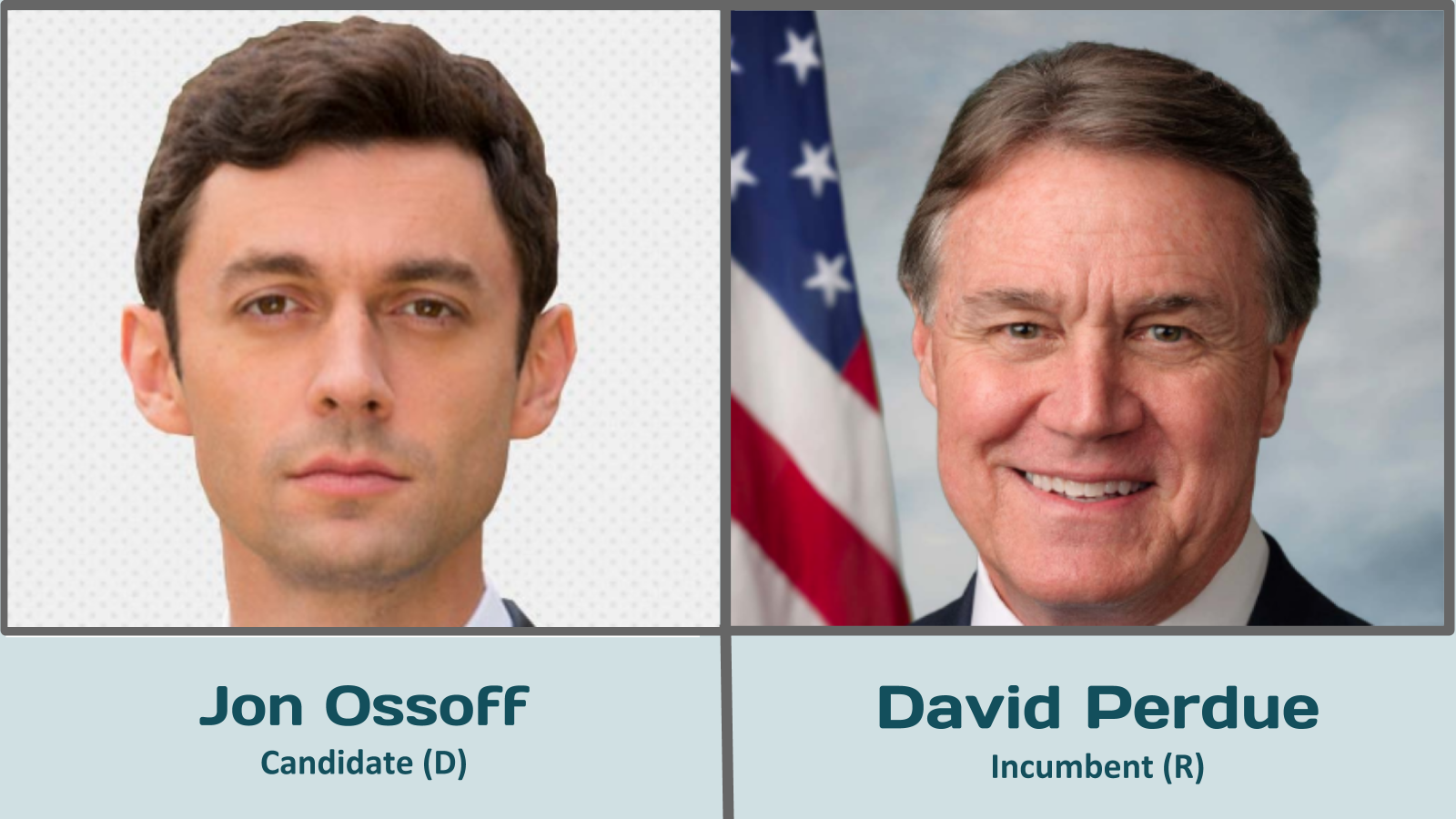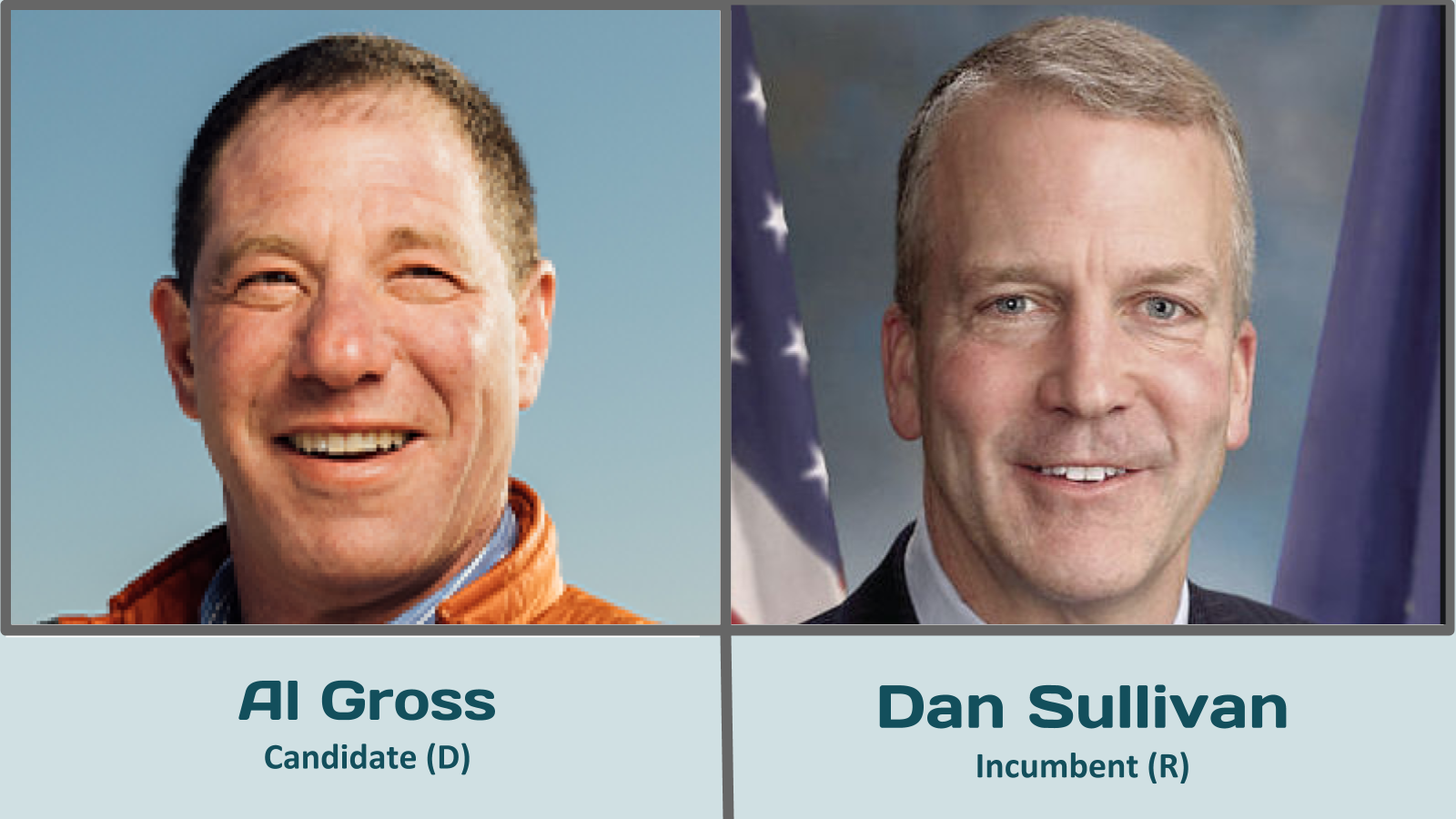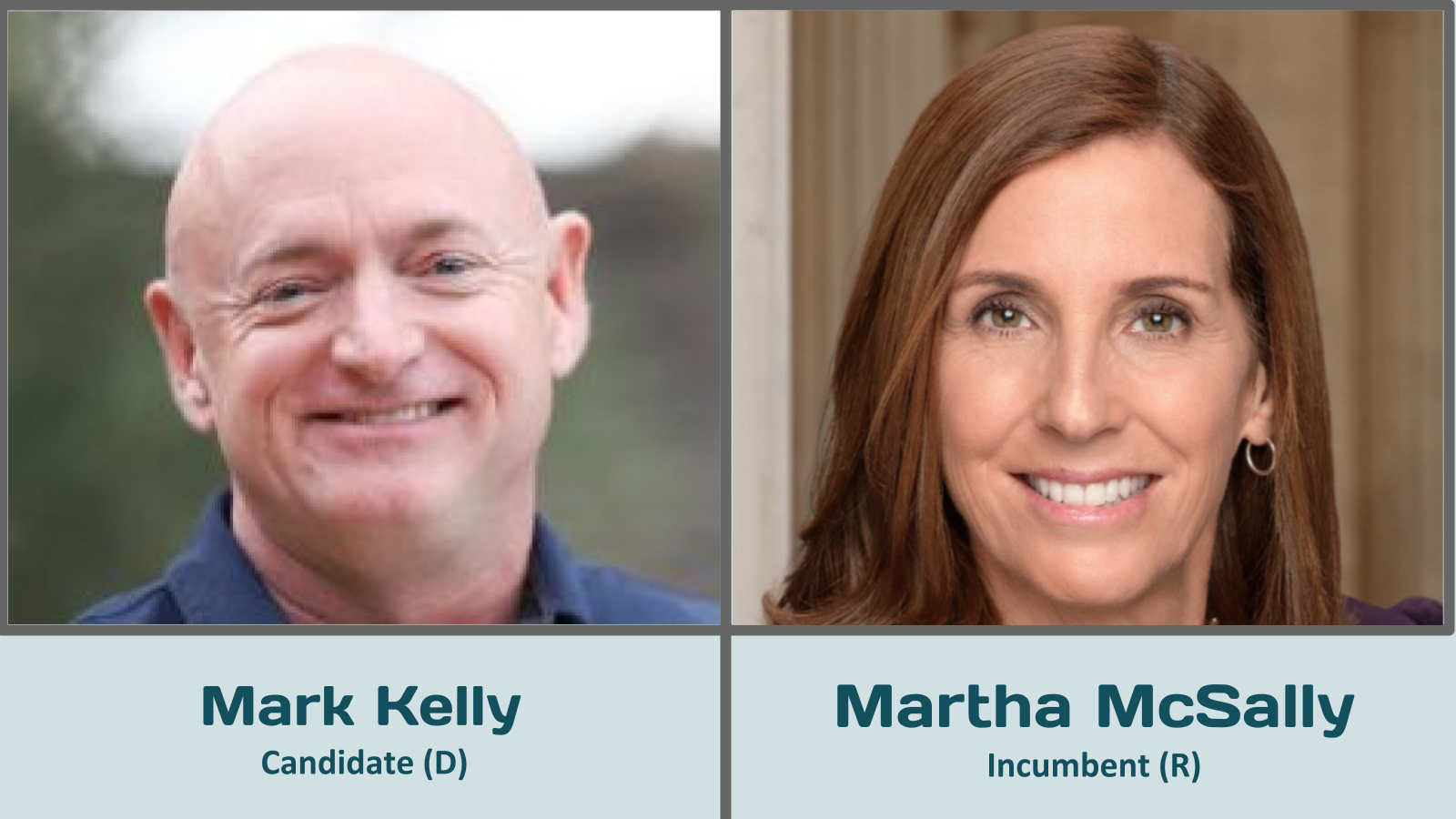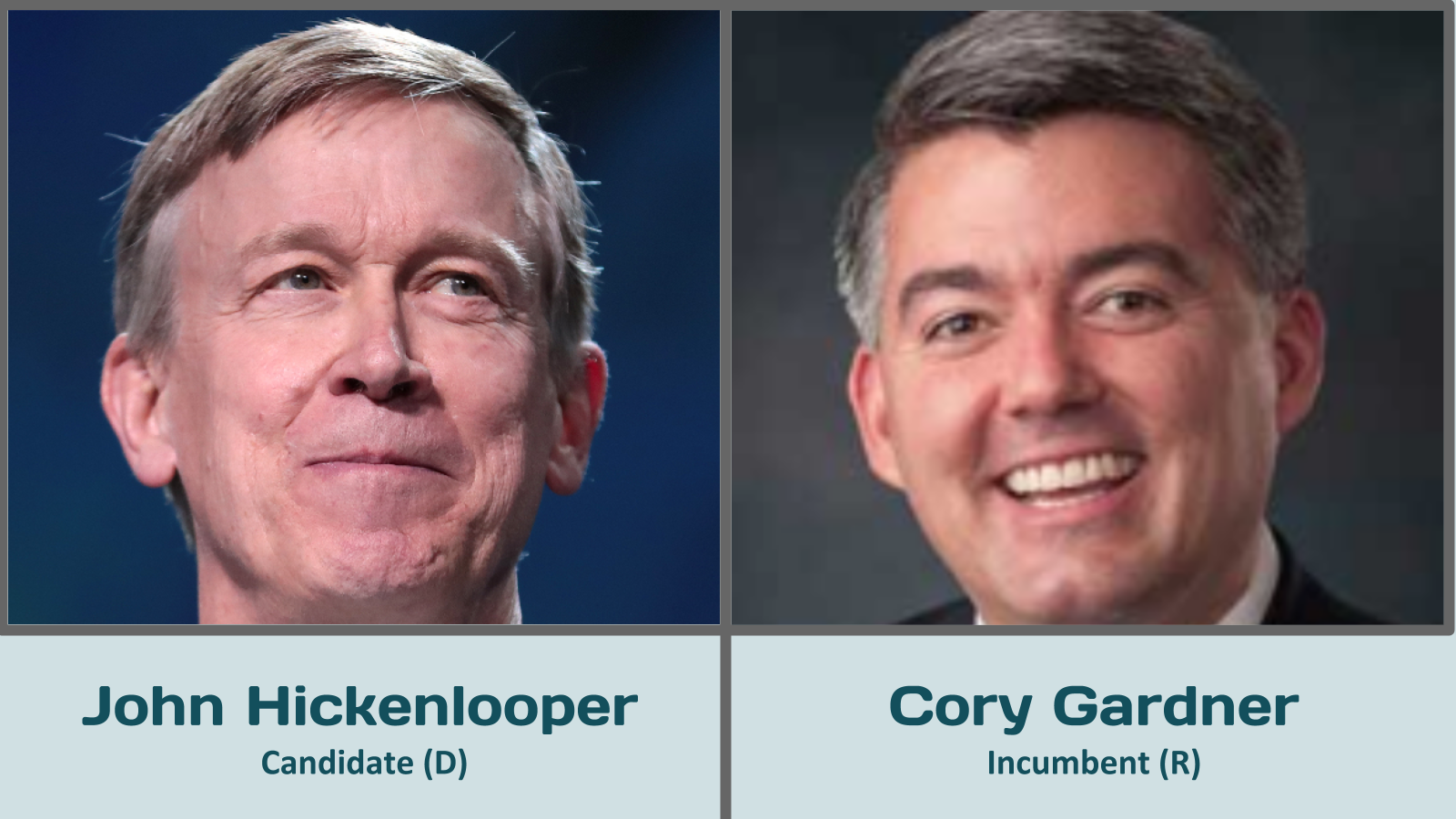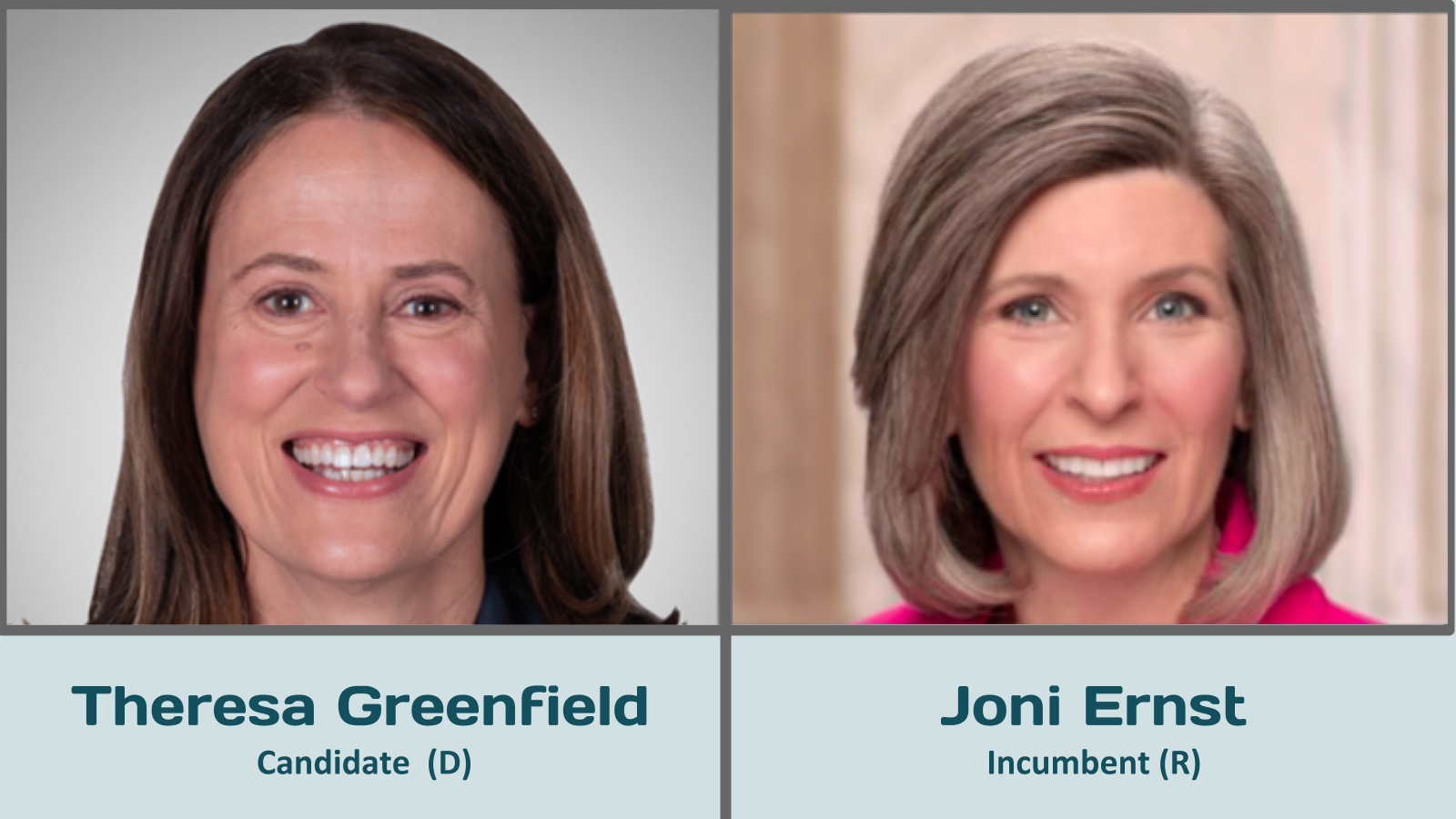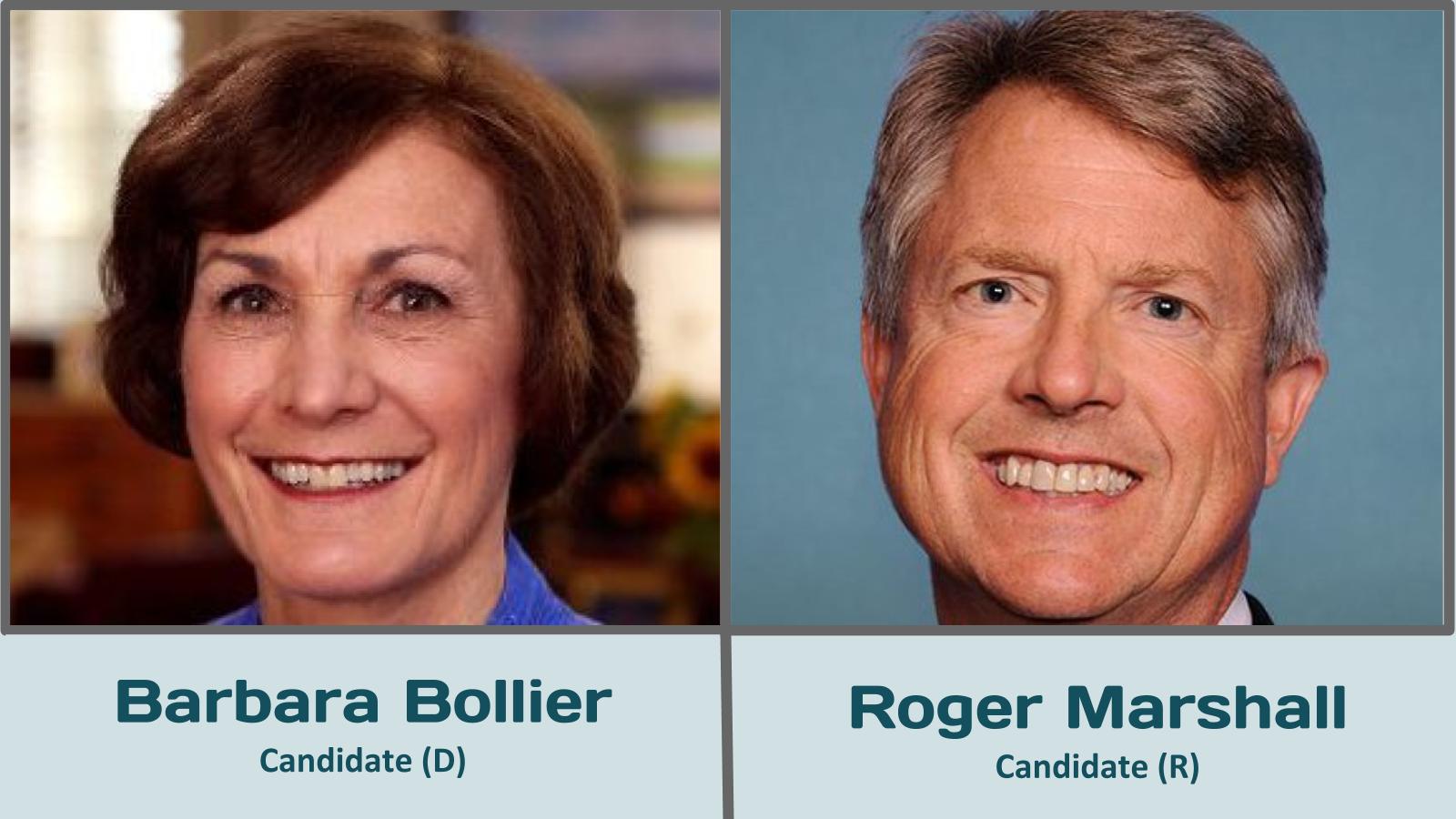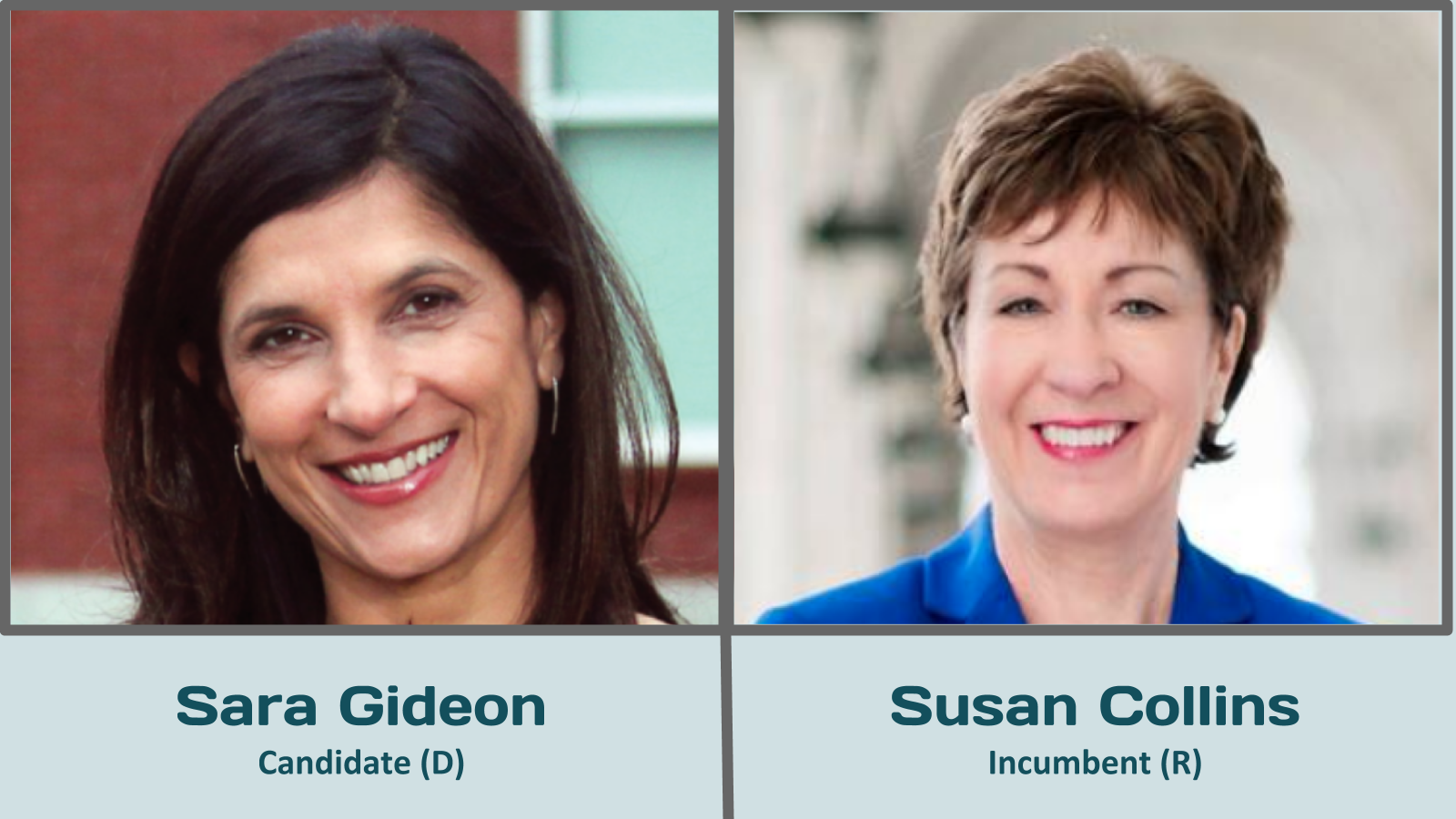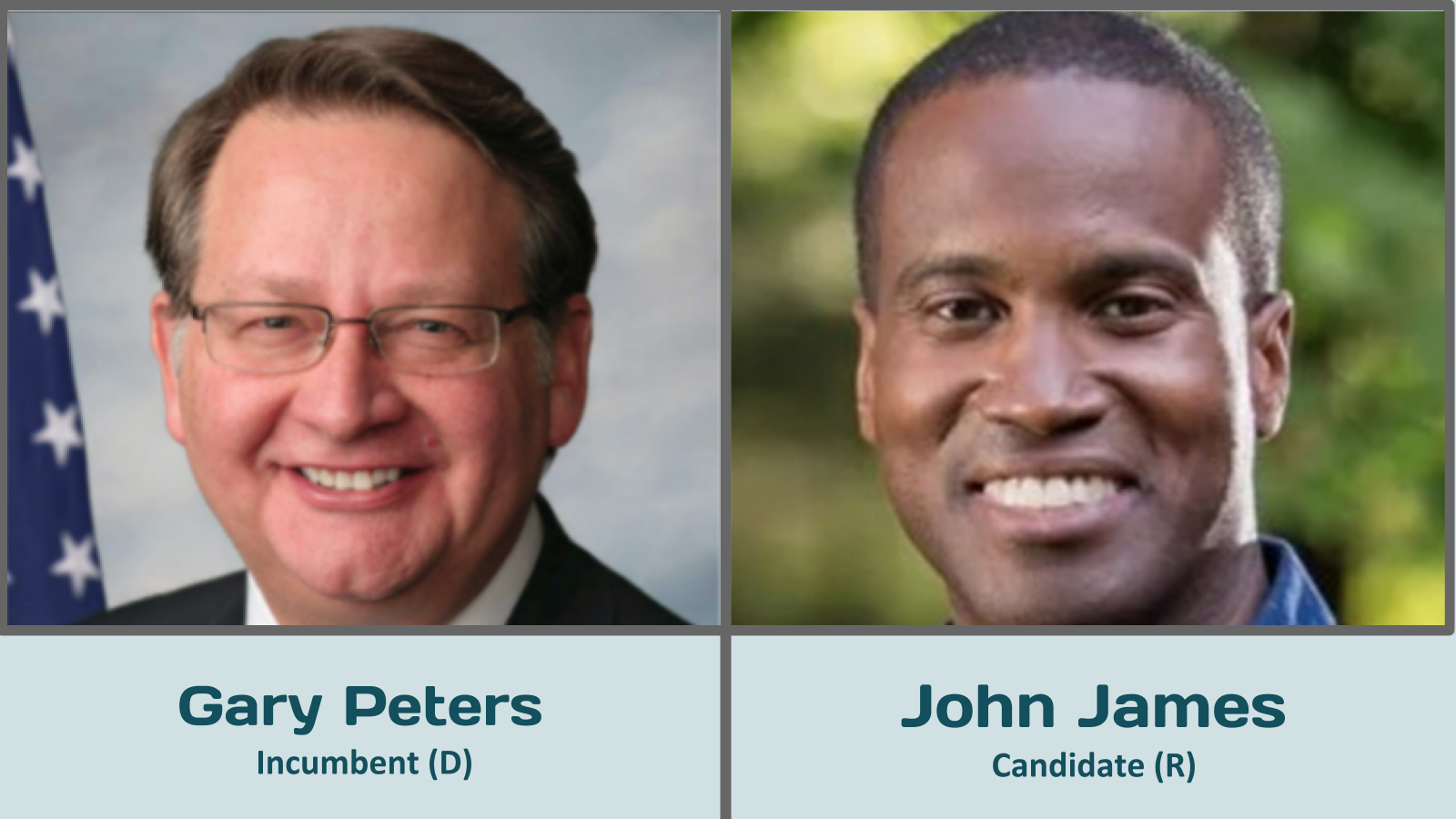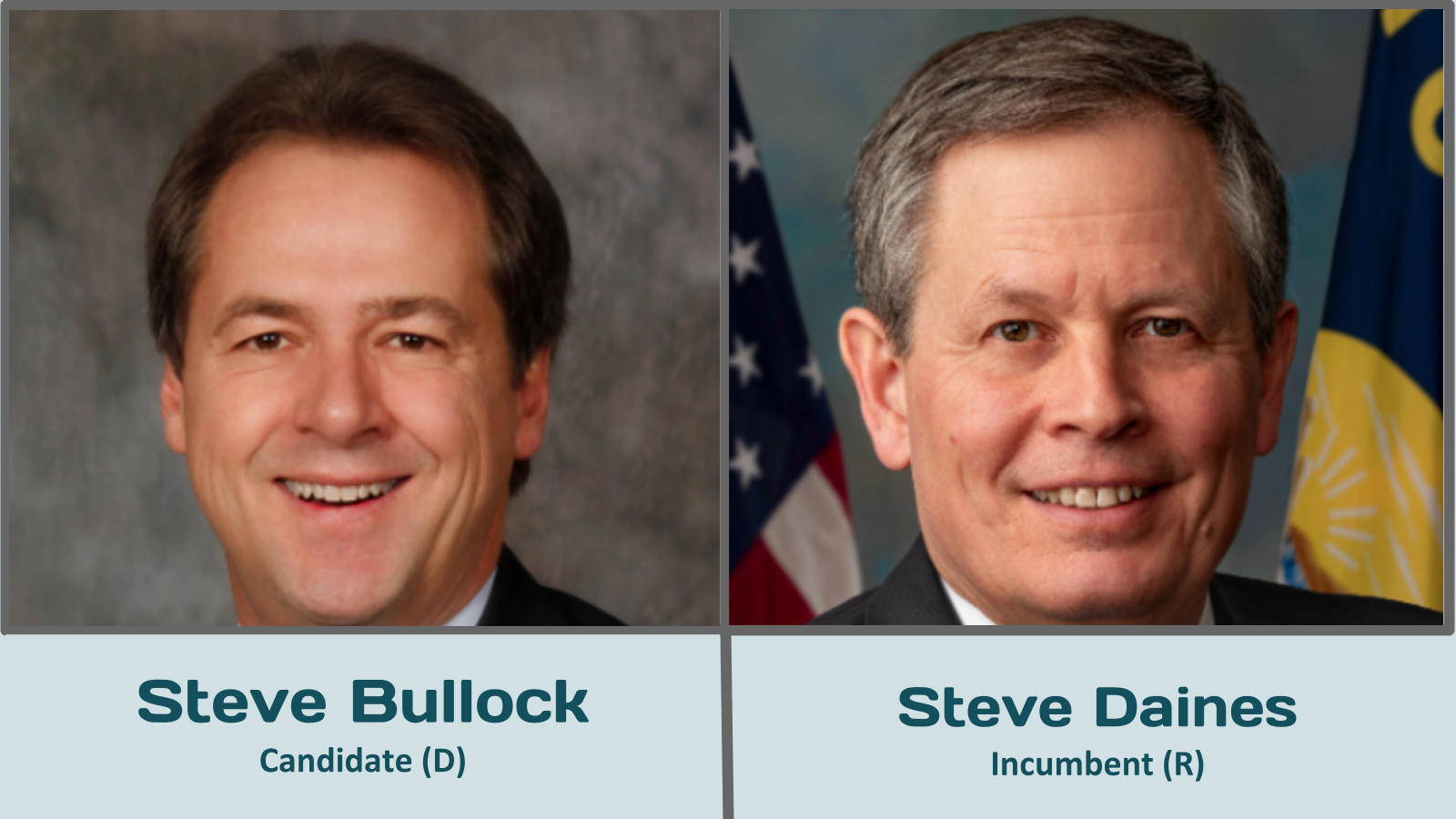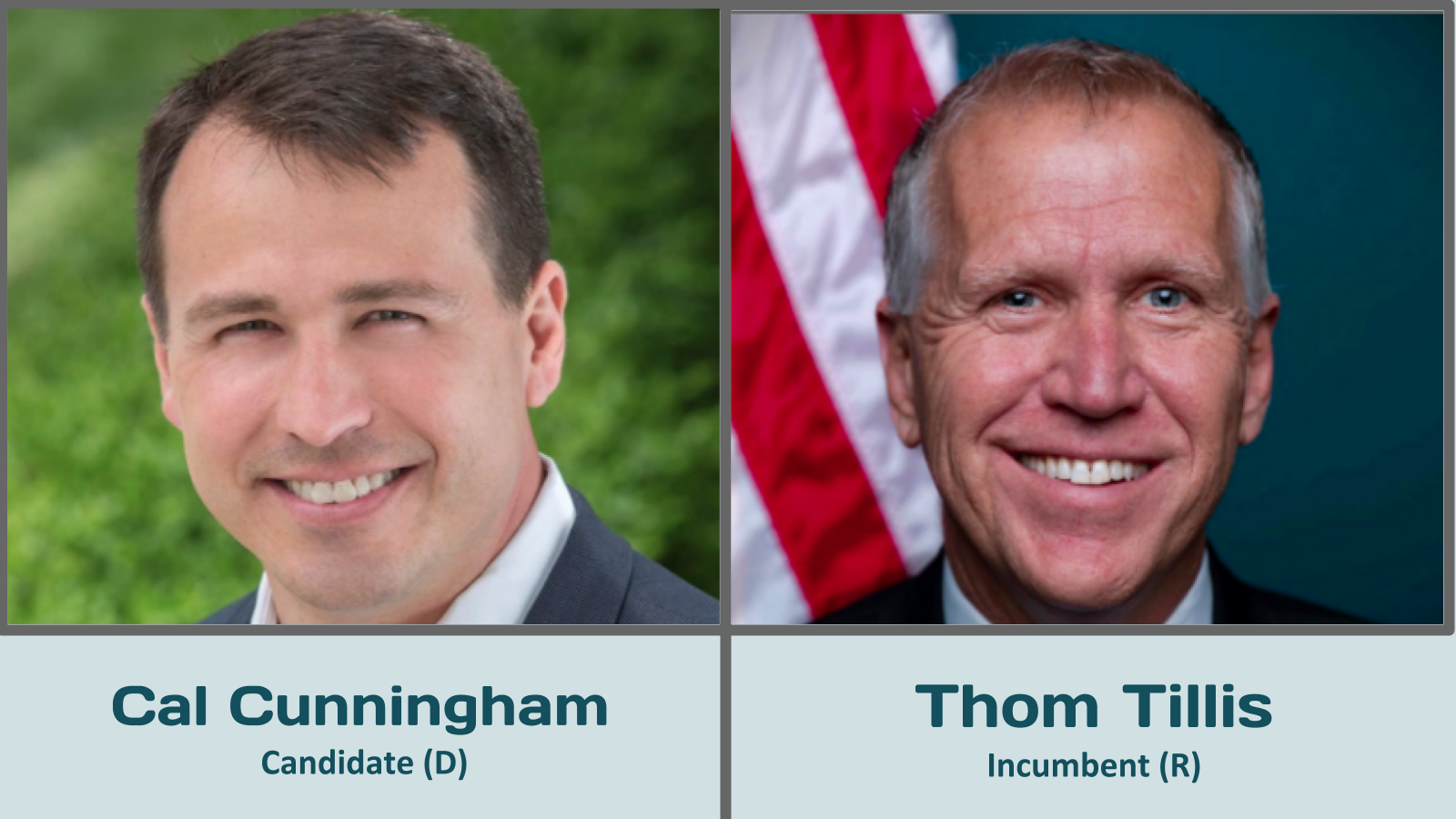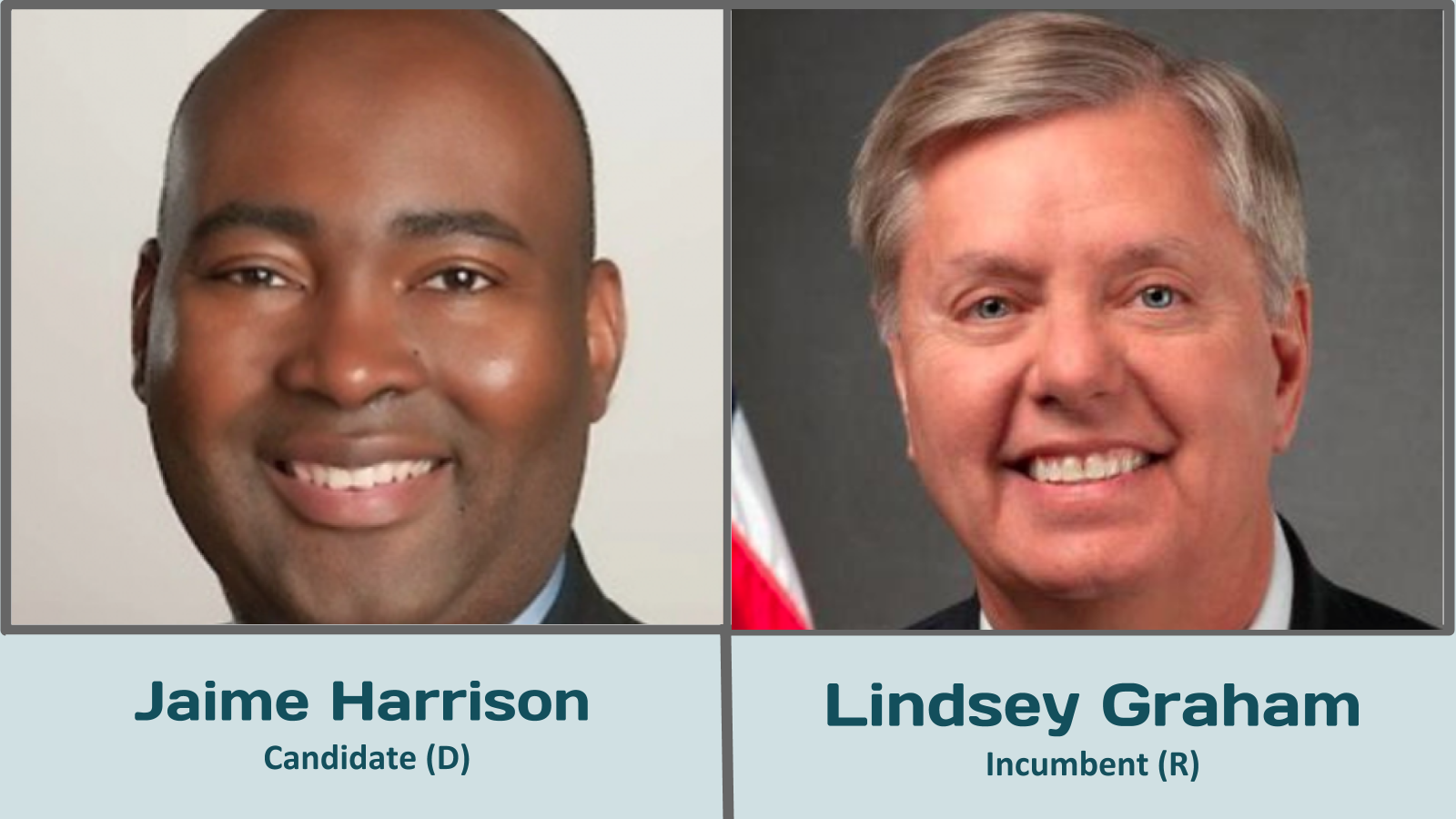Summary
> The US onAir network is currently focusing on the 35 US Senate elections this year, particularly the competitive races. The selection of the states shown in the feature image are based on polls with a +/- difference of 5% or less.
> After the federal and state elections are concluded, this US onAir Hub and the 50 state hubs in the US onAir network will focus on governance.
> To view all the the competitive races, select the feature image or the post title above. To view specific races by region, toggle the post navigation (the three dots beside the post title).
OnAir Post: Competitive 2020 Senate Races
About
Source: Wikipedia
In the 2014 United States Senate elections (the last regularly scheduled elections for class 2 Senate seats), the Republicans won nine seats from the Democrats and gained a majority in the Senate. Republicans defended that majority in 2016 and 2018, and now hold 53 Senate seats. Democrats hold 45 seats, and independents caucusing with the Democratic Party hold two seats.
Including the special elections in Arizona and Georgia, Republicans will be defending 23 seats in 2020, while the Democratic Party will be defending 12 seats. Democrats will need to pick up three or four seats to gain a majority, depending on which party wins control of the vice presidency.
The following summaries of the competitive races listed in the post are derived from this Wikipedia entry.
Northeast
Maine
Four-term Republican Susan Collins was re-elected by a wide margin in 2014. She is seeking a fifth term.
Democrats running included state House speaker Sara Gideon, attorney Bre Kidman, and activist and 2018 gubernatorial candidate Betsy Sweet. Gideon won the nomination.
Collins is polling neck-and-neck with or slightly behind Gideon. She has never faced a competitive election during her 24 years in the Senate even though Maine leans Democratic, as she has projected a centrist image. However, she faces growing unpopularity due to her increasingly conservative voting record and her votes to confirm Brett Kavanaugh to the Supreme Court and to acquit President Trump in his impeachment trial. Gideon raised over three times as much money as Collins in the first quarter of 2020.
To learn more about this race and the candidates, go this slider.
South
Georgia
Georgia (Regular & Special)
Due to the resignation of Republican senator Johnny Isakson at the end of 2019, both of Georgia’s seats will be up for election this year. While the state overall still leans Republican, increased support for Democrats in Atlanta’s suburbs has made the state more competitive, with a close governor’s race, multiple close U.S. House races, and many other close local office races resulting in Democratic gains in 2018. Both elections are seen as competitive.
Georgia (Regular)
In the regular election, incumbent Republican David Perdue will face Democrat Jon Ossoff, who won national name recognition while losing the most expensive House race in U.S. history in 2017.
Republican David Perdue was elected in 2014. He is seeking a second term.
Former Columbus mayor Teresa Tomlinson and 2018 lieutenant governor nominee Sarah Riggs Amico lost the Democratic nomination to former congressional candidate Jon Ossoff, a documentary film producer and investigative journalist. (Other potential Democratic candidates who did not run included former state senator Jason Carter and state representative Scott Holcomb.[ Ossoff will face Perdue in November.
Georgia (Special)
Three-term Senator Johnny Isakson announced that he would resign from the Senate at the end of 2019, citing health concerns. A “jungle primary” will be held November 3, 2020; a candidate earning a majority of votes cast will win, but if no candidate wins a majority, a runoff election between the top two finishers will be held January 5, 2021. The winner of the special election will serve until the expiration of Isakson’s term on January 3, 2023.
Georgia governor Brian Kemp appointed Republican Kelly Loeffler to replace Isakson until an election could be held; Loeffler took office on January 6, 2020, and will compete in the November 2020 election. Other Republicans running for the seat include Wayne Johnson, former chief operating officer of the Office of Federal Student Aid,[ and four-term U.S. representative Doug Collins.
Unlike the regular election, the special election is being conducted as a jungle primary: all candidates are listed on the same ballot regardless of party affiliation, and if no candidate gets more than 50% of the vote, the top two will advance to a runoff on January 5, 2021. As in the regular election, there is a crowded field of Democratic candidates, but there is also a bitter contest on the Republican side between incumbent Kelly Loeffler, a businesswoman appointed to the seat after Isakson’s resignation, and Doug Collins, a well-known U.S. representative. Collins remains close to Loeffler in the polls due to allegations of insider trading against Loeffler.
Democrats running for the seat include Raphael Warnock, Matt Lieberman,[155] Ed Tarver, and Richard Dien Winfield.
To learn more about the Georgia races and the candidates, go this slider.
North Carolina
Republican Thom Tillis was elected in 2014 after serving eight years in the state House of Representatives, narrowly defeating one-term Democrat Kay Hagan. He faced a primary challenge from three different candidates.
State senator Erica D. Smith, Mecklenburg County commissioner Trevor Fuller, and former state senator Cal Cunningham ran for the Democratic nomination.
On March 3, 2020, Tillis and Cunningham won their parties’ primaries.
The Libertarian Party and the Constitution Party have candidates on the general election ballot.
Tillis has grown unpopular among both centrist and conservative Republicans due to his inconsistent support of Trump. He also suffers from low name recognition, and North Carolina is trending more purple, electing a Democratic governor in 2016. Tillis will face Democrat Cal Cunningham in the general election. Cunningham leads slightly in the polls.
To learn more about this race and the candidates, go this slider.
South Carolina
Three-term Republican Lindsey Graham was re-elected in 2014 and is seeking a fourth term. He defeated three opponents in the June 9 Republican primary.
After his primary opponents dropped out, former South Carolina Democratic Party chairman Jaime Harrison was unopposed for the Democratic nomination.
The Constitution Party will also field a candidate for the general election.
Despite the significant Republican lean of the state as a whole, polls indicate that the Senate election is competitive, with summer polling ranging from a tie to a modest advantage for Graham. Graham’s popularity has declined as a result of his close embrace of Trump, reversing his outspoken criticism of Trump in the 2016 campaign.
To learn more about this race and the candidates, go this slider.
Midwest
Iowa
Republican Joni Ernst was elected in 2014 after serving four years in the Iowa Senate. She is seeking a second term.
Democrats in the primary included former vice-admiral Michael T. Franken, attorney Kimberly Graham and businessman Eddie Mauro. Real estate broker Theresa Greenfield won the nomination.
Ernst’s popularity has dropped in the polls, allegedly due to support for Trump’s trade tariffs that have impacted Iowa farmers. But Democrats have had a hard time winning statewide in Iowa in recent years, narrowly losing the governor’s election in 2018. Trump won the state by 9 points in 2016 after Barack Obama carried it in both 2008 and 2012. Democrats do hold three of Iowa’s four congressional seats, picking up two of them in 2018. Greenfield, a first-time candidate backed by the Democratic establishment, defeated admiral Michael Franken, attorney Kimberly Graham, and businessman Eddie Mauro in the primary. She and Ernst are polling neck-and-neck in the general election, but Greenfield lacks name recognition, despite raising more money than Ernst.
To learn more about this race and the candidates, go this slider.
Michigan
Democrat Gary Peters was elected in 2014 after serving six years in the U.S. House of Representatives. He is seeking a second term.
2018 Senate nominee John James won the Republican nomination. He faced token opposition for the Republican nomination from perennial candidate Bob Carr.
Michigan is one of the most competitive states in national elections. James came unexpectedly close to unseating Michigan’s other Democratic senator, Debbie Stabenow, in 2018. Stabenow is a longtime senator whose name recognition Peters lacks, but Republicans are growing more unpopular in Michigan after the state narrowly voted for Trump in 2016, then switched back to Democrats in all statewide races in 2018. Peters generally leads James by 4-8 points in the polls.
To learn more about this race and the candidates, go this slider.
West
Alaska
Republican Dan Sullivan was elected in 2014, defeating incumbent Democrat Mark Begich. He is running for a second term.
Potential Democratic candidates included Begich, who was the Democratic nominee for governor of Alaska in 2018, and Anchorage mayor Ethan Berkowitz, who was the Democratic nominee for governor of Alaska in 2010. One Democrat, Edgar Blatchford, filed to run by the June 1 filing deadline.
On July 2, 2019, Al Gross, an orthopedic surgeon and fisherman, declared his candidacy as an Independent. He went on to win the nomination.
To learn more about this race and the candidates, go this slider.
Arizona
Republican senator John McCain was elected to a sixth term in 2016, but died in office in August 2018.[126] Republican governor Doug Ducey appointed former senator Jon Kyl to fill McCain’s seat for the remainder of the 115th United States Congress. After the end of the 115th Congress, Ducey appointed outgoing U.S. Representative and 2018 Republican Senate nominee Martha McSally as Kyl’s successor for the 116th Congress. McSally is running in the 2020 special election to fill the remainder of the term, which expires on January 3, 2023.
Retired astronaut Mark Kelly won the Democratic nomination.
Once a solidly Republican state, Arizona has trended more purple in recent years. Incumbent Republican Martha McSally was appointed to the late John McCain’s seat two months after losing the 2018 Arizona U.S. Senate election to Democrat Kyrsten Sinema. Her Democratic opponent, astronaut Mark Kelly (who is married to former representative Gabrielle Giffords), has raised significantly more money and generally leads her by 5-15 points in the polling. McSally is also suffering from low approval ratings due to her strong allegiance to Trump, who is unpopular in Arizona despite winning the state by 3.5 points in 2016.
To learn more about this race and the candidates, go this slider.
Colorado
Republican Cory Gardner was elected in 2014 after serving four years in the United States House of Representatives, narrowly defeating one-term Democrat Mark Udall. Gardner is seeking a second term.
Former Colorado governor John Hickenlooper is the Democratic nominee and generally leads Gardner by 10-20 points in the polls, with many pundits already considering him a favorite to win. Gardner is Colorado’s only Republican statewide officeholder, and the once purple state has trended increasingly Democratic since Gardner’s narrow win in 2014. Gardner also has low approval ratings due to his strong allegiance to President Donald Trump, who is unpopular in Colorado. Hickenlooper has raised significantly more money than Gardner as well.
To learn more about this race and the candidates, go this slider.
Montana
Republican Steve Daines was elected in 2014 after serving two years in the United States House of Representatives. He is seeking a second term.
Daines was opposed (prior to his nomination) in the Republican primary by hardware store manager Daniel Larson and former Democratic speaker of the Montana House of Representatives John Driscoll, who changed parties in 2020.
Incumbent governor Steve Bullock won the Democratic nomination, defeating nuclear engineer and U.S. Navy veteran John Mues.
Libertarian and Green party candidates were set to appear on the general election ballot, but the Libertarians refused to nominate a replacement after their nominee withdrew and the Greens’ nominee was disqualified.
Once seen as likely to remain in Republican hands, Daines’s seat is now competitive due to Bullock’s last-minute entry. Bullock leads Daines by single digits in the most recent polling and has also raised more money than Daines. But Montana is expected to be safely Republican in the presidential election, meaning that Bullock is relying on Montana’s history of ticket splitting, as he did in 2016 when he was re-elected to a second gubernatorial term by 4 points despite Trump winning the state by 20 points. Montana also re-elected Jon Tester, a Democrat, to the Senate in 2018, by 4 points. Daines was elected to a first term by a comfortable margin in 2014.
To learn more about this race and the candidates, go this slider.
